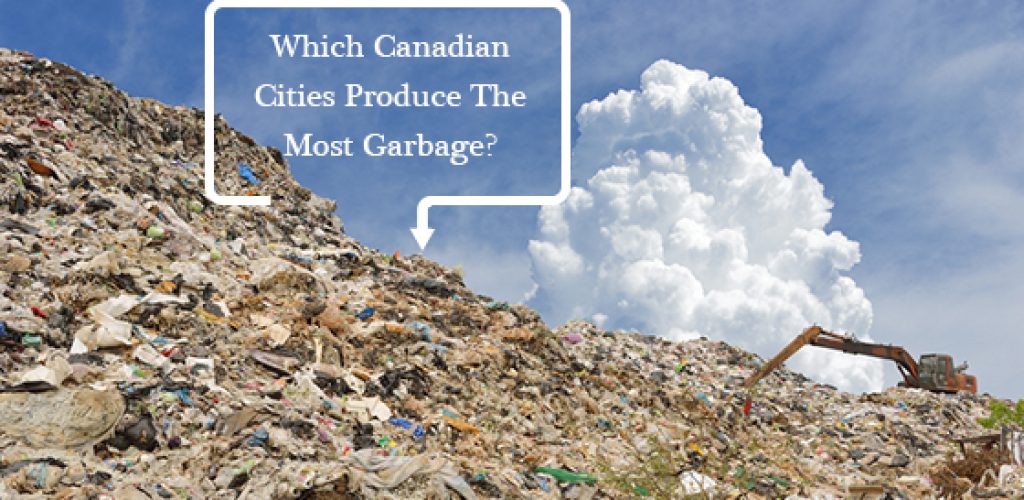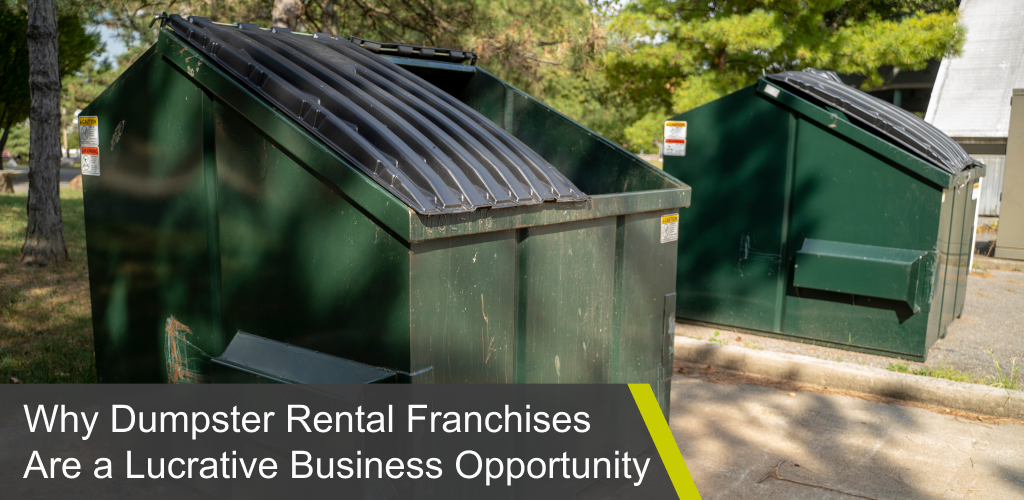Which Canadian Cities Produce the Most Garbage?

Despite other advances in environmental protection, compared to any other city in the country, Canada produces the most waste per capita. High waste production can correspond to increased urbanization as well as increased consumption. High municipal waste is a major problem, which can lead to habitat destruction, surface and groundwater pollution, as well as other forms of air, water, and soil contamination.
The two ways Canadians dispose of municipal waste are landfill and incineration. Incineration creates toxic substances, while landfill emits methane and other harmful gases that contribute to global warming. Canada’s landfill produces about 25% of Canada’s entire methane emissions. Though Canada’s municipalities have made progress when it comes to recycling programs, landfilling is still the most common way to dispose of waste in Canada.
Generally, a larger urban center corresponds to a higher waste production, however exact statistics of municipal garbage production are difficult to find. We can however, observe where much of the garbage ends up by looking at cities with the highest landfill capacity. The clear leader for landfill capacity is Ottawa, Ontario. Canada’s capital contains more garbage dumps within its boundaries than any other provincial capital in the country. Because of Ottawa’s landfill capacity, much of Ontario, including Toronto and the GTA’s garbage ends up there.
It could also be assumed that cities with stronger recycling programs produce less waste. According to a Statistics Canada study, Prince Edward Island has the best recycling program, both in access and utilization. Ontario and Nova Scotia round out the top three. Provinces that fell behind in recycling programs include: New Brunswick, Newfoundland and Labrador, as well as Alberta.
The statistics surrounding Canada’s landfill and waste production can be discouraging. Fortunately there are many ways to reduce your waste, and in this case, every little bit does help.
How to Reduce Waste
Cut out the plastic
About 32 million tonnes of plastic waste is generated every year. Using reusable shopping bags is a great way to reduce your contribution to this waste. Other ways to reduce plastic use include using Tupperware containers over saran wrap, and buying reusable produce bags. If you do accumulate plastic bags, try to reuse them as well.
Donate personal and household items
Many items get thrown out when they could easily be salvaged and used by others in need. Many charities have collection programs for household items and clothes. You can also donate items to second hand stores.
Recycle
Paying close observance to recycling and composting programs is a huge way to help reduce waste management. More and more disposable items are recyclable and eco-friendly; check things like take-out containers, plastics, and Styrofoam to see if they are recyclable.
Dispose of waste responsible
If you are disposing of bulk waste, make sure you do so in a responsible way. Renting a bin, or hiring professionals to dispose of your bulk waste will ensure everything is sorted and recycled properly.
While Canada’s waste production is huge, you can make a difference by staying educated about waste management and production, and by taking all the little steps to reduce your personal waste production.













